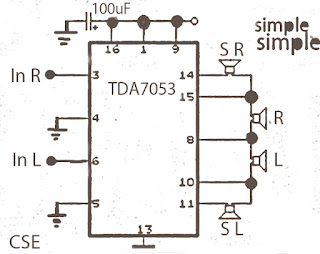Charge Termination
Once a battery is fully charged, the charging current has to be dissipated somehow. The result is the generation of heat and gasses both of which are bad for batteries. The essence of good charging is to be able to detect when the reconstitution of the active chemicals is complete and to stop the charging process before any damage is done while at all times maintaining the cell temperature within its safe limits. Detecting this cut off point and terminating the charge is critical in preserving battery life. In the simplest of chargers this is when a predetermined upper voltage limit, often called the termination voltage has been reached. This is particularly important with fast chargers where the danger of overcharging is greater.
Safe Charging
If for any reason there is a risk of over charging the battery, either from errors in determining the cut off point or from abuse this will normally be accompanied by a rise in temperature. Internal fault conditions within the battery or high ambient temperatures can also take a battery beyond its safe operating temperature limits. Elevated temperatures hasten the death of batteries and monitoring the cell temperature is a good way of detecting signs of trouble from a variety of causes. The temperature signal, or a resettable fuse, can be used to turn off or disconnect the charger when danger signs appear to avoid damaging the battery. This simple additional safety precaution is particularly important for high power batteries where the consequences of failure can be both serious and expensive.
Charging Times
During fast charging it is possible to pump electrical energy into the battery faster than the chemical process can react to it, with damaging results.
The chemical action can not take place instantaneously and there will be a reaction gradient in the bulk of the electrolyte between the electrodes with the electrolyte nearest to the electrodes being converted or "charged" before the electrolyte further away. This is particularly noticeable in high capacity cells which contain a large volume of electrolyte.
readmore from here http://www.mpoweruk.com/chargers.htm





